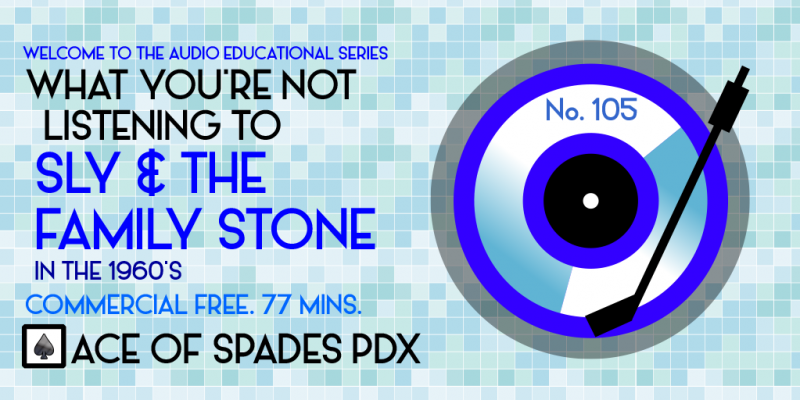Podcast: Play in new window | Download | Embed
Spotlighting the first several years of a band that blew all conventions out the door, Sly and The Family Stone, the first major music act that was multi-gendered and multi-ethnic, who also became the Haight-Ashbury San Francisco music scene’s most popular act. #blackhistorymonth #BHM #slystone #psychedelicsoul #rockandroll #RandB #1960s
San Francisco Chronicle music journalist Joel Selvin once wrote that “There are two types of black music: black music before Sly Stone, and black music after Sly Stone”. Though that quote may be endlessly debatable, it underscores the significance today’s artist I am spotlighting for Black History Month 2021: Sly and the Family Stone.
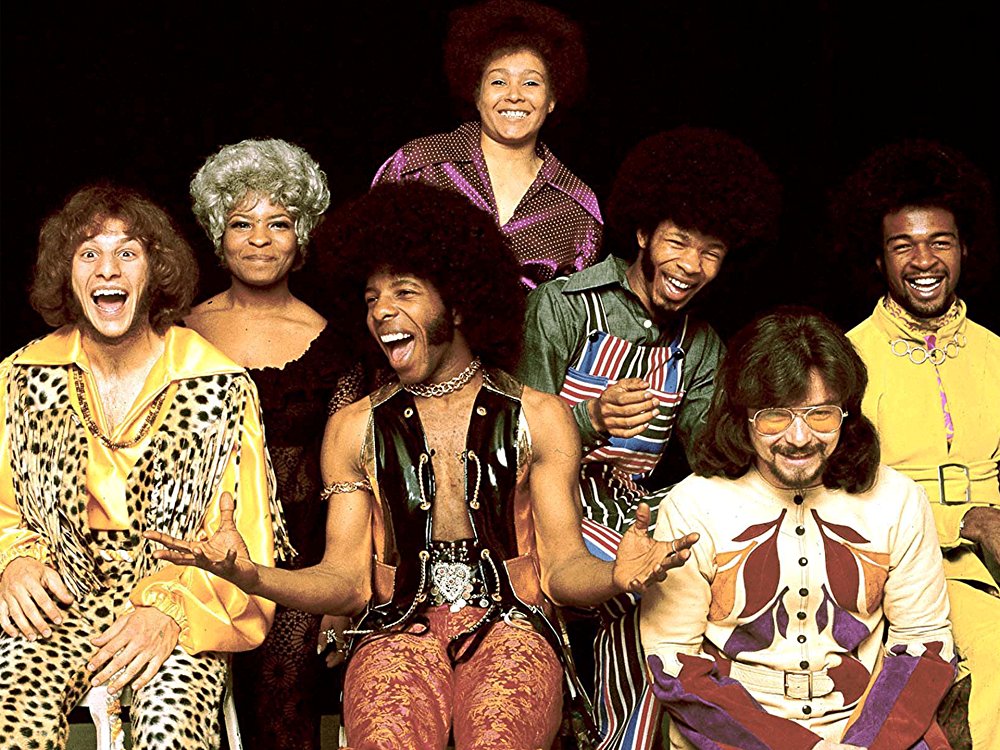
Though not the first multi-ethnic/multi-gender group in Rock history, they were the first signed to a major label. In just three short years, the group, led by Sylvester Stewart (aka Sly Stone) went from being what some early critics referred to as a gimmick to the hottest music act in the world. The band not only included not only black and white members, but male and female members; it is important to remember that they were, in essence, a family act, with his sister Rose and brother Freddie in the band, as well as Cynthia Robinson, who was the mother of one of Sly’s children.
Two of the three remaining members were white: drummer Gregg Errico and saxophone player Jerry Martini. Last but definitely not least was bassist and singer Larry Graham, who is credited with creating the slapping bass technique, which would prove highly influential in its own right. Graham would also be the only member of the band to achieve success after the dissolution of the group.
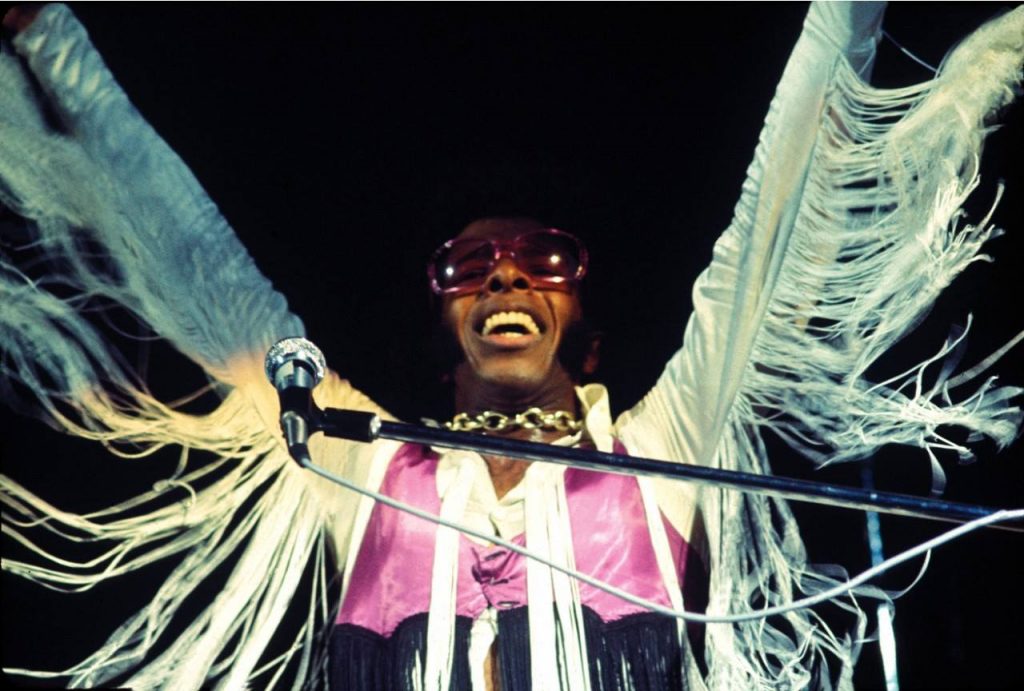
Sly Stone had released singles as a solo act and with his brother Freddie to little success outside of the San Francisco bay area, where the band was based. Up until the formation of the group, Sly was better known as a record producer and local radio DJ.
Their debut LP, A Whole New Thing, recorded live in the studio, went nowhere, and now legendary Columbia records president Clive Davis stepped in to help. The resulting second LP and new single, both titled “Dance to the Music”, launched the band into the mainstream in 1968.
“It’s not the teaching, it’s the learning.”
Sly Stone
The follow-up release, Life, also in 1968, didn’t replicate the success, but their 1969 release Stand! became one of the best-selling albums of the entire decade and cemented the group’s status as a band without peer.
They forged a sound that merged Soul, classic R&B, Dance music, Pop sensibility, Jazz arrangements, Rock and psychedelic sounds so original they birthed a whole new sub-genre of music, Psychedelic Soul, and were one of the creators of what would become 1970’s Funk music. Their high energy performances and songs about universal love and personal politics struck a chord with the black and white record buying public during a time of intense racial and political strife in the United States.
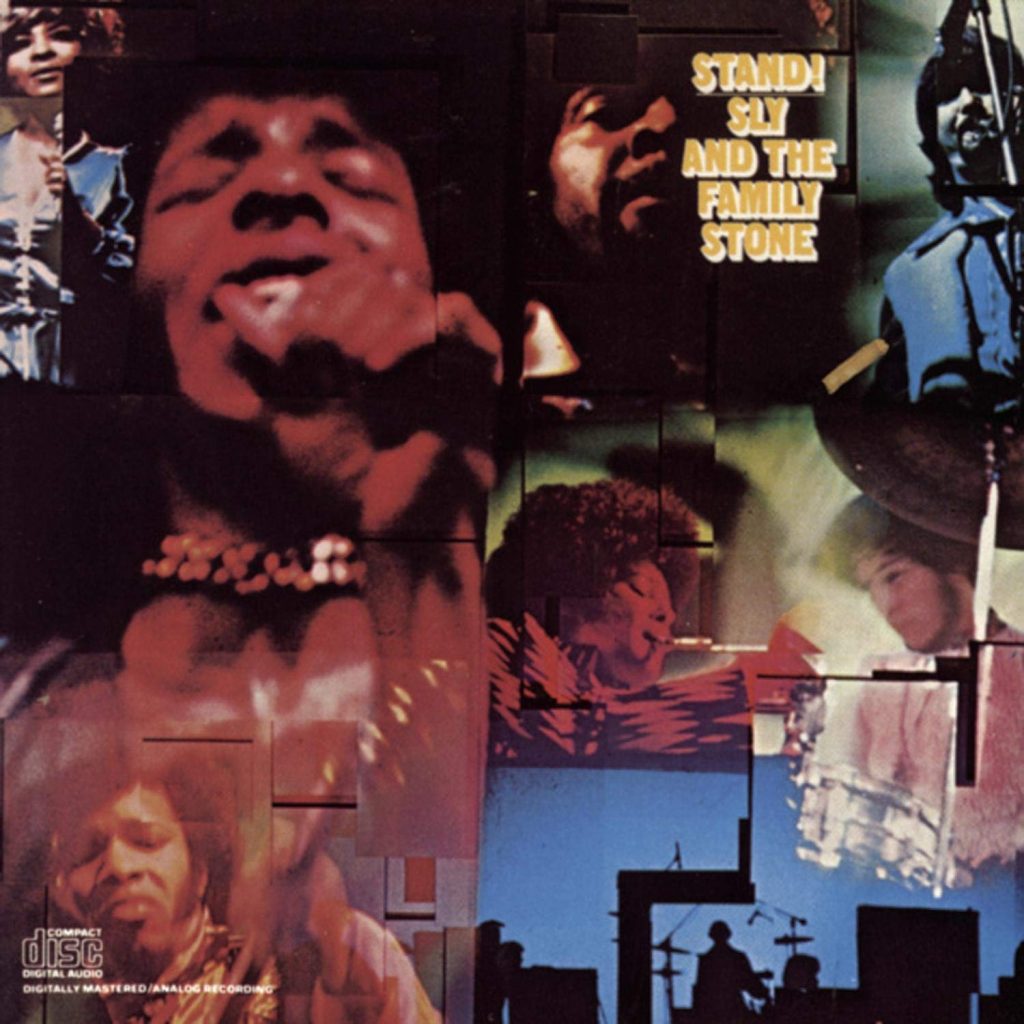
In short, Sly and the Family Stone were everything that the “sixties generation” and the “Age of Aquarius” promised: unity against adversity, that money didn’t matter, and love would conquer hate. Things would start to spiral downward after 1969 for the group, much of this due to Sly Stone’s increasing drug intake, but during the period we cover here, they were considered by many critics to be a singular voice and the hope that the young people of America truly needed. This is nowhere more evidenced by career-defining performance at Woodstock in August 1969, where they came on at 3:30 a.m. and pretty much left everyone screaming for more.
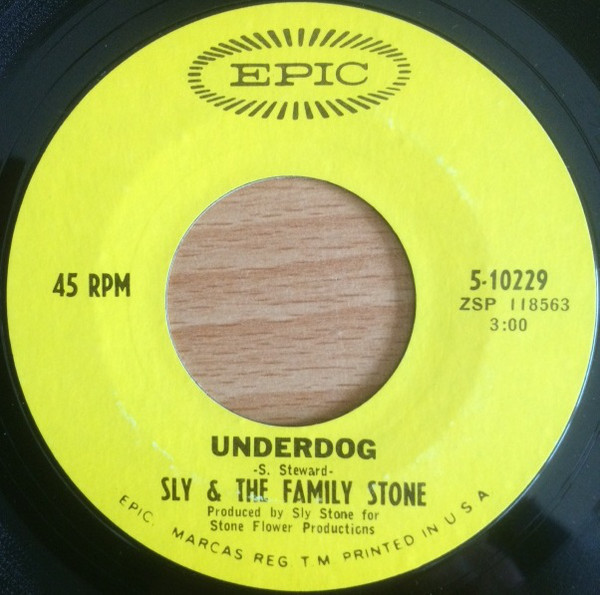
These songs were the first chapter of the career in which the editors of Rolling Stone magazine dubbed them the 43rd most important music act, the 15th greatest music group, the fifth greatest Black Rock and Roll act and the number two group with Black members in history.
Many of you may not ever hear them on classic rock radio, and only occasionally on oldies radio. Even in today’s supposed more liberal climate, the music they made straddles so many different things it is difficult for radio programmers to pigeonhole them. Sadly, as with most of what is called classic rock, these same programmers have a general rule: if you’re not Jimi Hendrix, being a Black rocker means you will probably be ignored.
First Part
- Dynamite! (mono single master), 1968, full-length album track on Life
- Everyday People, 1968, Stand!
- Bad Risk (mono single master), 1967, “Underdog” single B-side
- Underdog, 1967, A Whole New Thing
- Everybody Is A Star, 1969, double A-side single with “Thank You (Falettinme Be Mice Elf Again)”
- Pressure, 1968, Life
- Somebody’s Watching You, 1969, Stand!
Second Part
- I Can’t Turn You Loose (full length version), recorded 1967/released 1972, “I Ain’t Got Nobody” single B-side
- Hot Fun In The Summertime (stereo single master), 1969, single A-side
- Color Me True (live), recorded 1968/released 2015, Live at the Fillmore East October 4th & 5th 1968
- Thank You (Falettinme Be Mice Elf Again), 1969, double A-side single with “Everybody is a Star”
- Silent Communications, recorded 1967/released 2013, Higher! box set
- Stand!, 1969, Stand!
Finale
- Medley: Dance To The Music/Music Lover/I Want To Take You Higher, recorded 1969/released 1970, Woodstock soundtrack
Love to you all.
Ben “Daddy Ben Bear” Brown Jr.
Host, Show Producer, Webmaster, Audio Engineer, Researcher, Videographer and Writer
“Copyright Disclaimer Under Section 107 of the Copyright Act 1976, allowance is made for ‘fair use’ for purposes such as criticism, comment, news reporting, teaching, scholarship, and research. Fair use is a use permitted by copyright statute that might otherwise be infringing. Non-profit, educational or personal use tips the balance in favor of fair use.”
